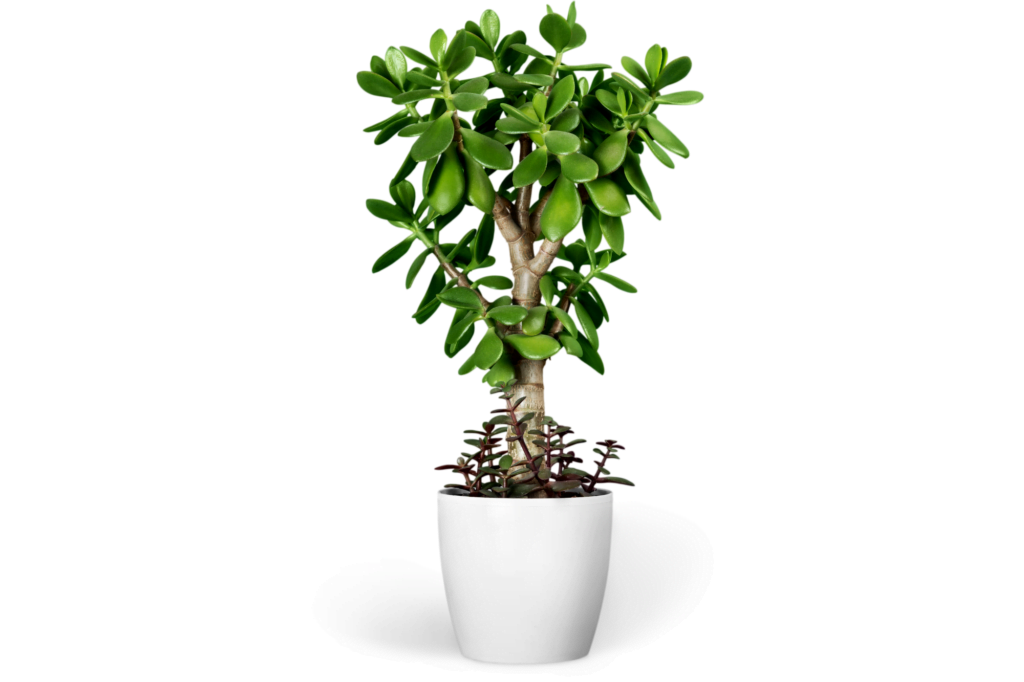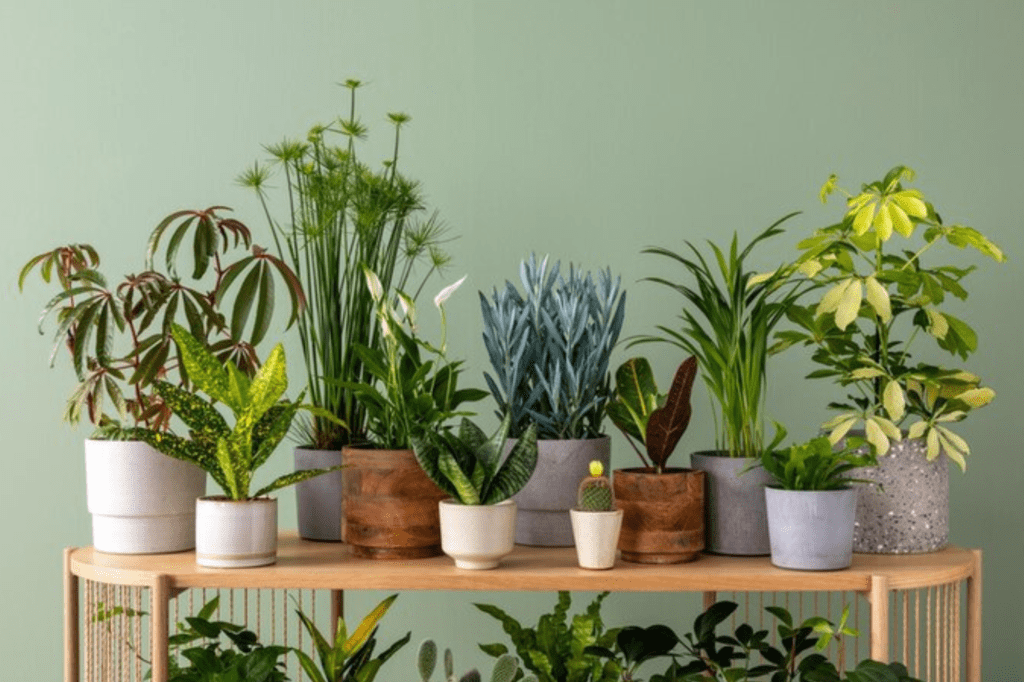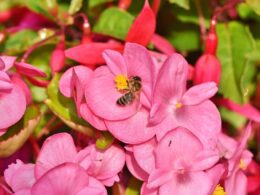- Trumpet vine plants can be grown indoors and make a unique houseplant.
- Choosing the right variety is important for successful indoor cultivation.
- An ideal growing environment includes proper lighting, temperature, humidity, soil mix, and container selection.
- Watering and fertilizing should be done with care to avoid overwatering and nutrient burn.
- Training and pruning techniques can help maintain a desirable form as a houseplant.
- Common pests and diseases that may affect indoor trumpet vine plants include aphids, spider mites, powdery mildew, and root rot.
Understanding the Trumpet Vine Plant
If you’re considering growing a trumpet vine indoors, it’s important to understand the characteristics and requirements of the plant. Trumpet vine plants are native to North and South America and are known for their rapid growth and beautiful trumpet-shaped flowers. Keep in mind that trumpet vines can grow up to 30 feet long, so it’s essential to select a suitable variety for indoor cultivation. Additionally, trumpet vines require a sunny location, well-draining soil, and plenty of moisture to thrive, whether indoors or outdoors.The Growth Habits of Trumpet Vines
Trumpet vines are classified as deciduous or semi-evergreen plants, meaning they lose their leaves and go dormant for winter or retain some leaves throughout the year. They are also fast growers and can climb vigorously, using aerial rootlets to attach themselves to surfaces like walls, trellises, and fences. Though trumpet vines can thrive in a wide range of soil types, they prefer soil with good drainage and a pH level between 6.0 and 7.5. They also appreciate consistent moisture, particularly during hot, dry spells.Trumpet Vine Flowers and Foliage
The trumpet vine is known for its striking, trumpet-shaped flowers that come in shades of orange, red, and yellow. These flowers can attract hummingbirds and butterflies and are typically in full bloom during the summer months. In addition to its flowers, the trumpet vine has attractive green foliage that is composed of pinnately compound leaves. These leaves can reach up to 15 inches long and have a fine texture.Choosing the Right Variety for Indoor Cultivation
When it comes to selecting a trumpet vine variety for indoor cultivation, there are a few factors to consider. One of the most important factors is size.| Trumpet Vine Variety | Size | Growth Rate |
|---|---|---|
| ‘Madame Galen’ | Up to 30 feet | Fast |
| ‘Flava’ | Up to 20 feet | Fast |
| ‘Tangerine Beauty’ | Up to 25 feet | Fast |
| ‘Sunset’ | Up to 30 feet | Fast |
 Flower color is also an important consideration. While most trumpet vines produce orange-red flowers, some varieties, such as ‘Flava,’ have yellow flowers.
Ultimately, the best trumpet vine variety for indoor cultivation is one that fits your space and growing conditions while also satisfying your aesthetic preferences.
Flower color is also an important consideration. While most trumpet vines produce orange-red flowers, some varieties, such as ‘Flava,’ have yellow flowers.
Ultimately, the best trumpet vine variety for indoor cultivation is one that fits your space and growing conditions while also satisfying your aesthetic preferences.
Creating the Ideal Growing Environment
Creating the ideal growing environment for indoor trumpet vine is crucial to its survival. The following tips can help you provide the best conditions for your plant:| Aspect | Requirements |
|---|---|
| Lighting | Place your trumpet vine in a bright location, with indirect light. The plant needs at least 6 hours of light per day to thrive. |
| Temperature | Your indoor trumpet vine needs a warm environment, ideally between 65-75°F (18-24°C). Avoid exposing it to cold drafts or sudden temperature changes. |
| Humidity | Trumpet vine plants prefer a humid atmosphere, with a relative humidity level of 50% or above. To increase humidity, you can use a humidifier or place a tray of water near the plant. |
| Soil Mix | Your trumpet vine needs a well-drained soil mix that is rich in organic matter. A suitable mix should include peat moss, perlite, and vermiculite in equal proportions. |
| Container Selection | Choose a spacious container that allows for drainage and root growth. A 10-12 inch pot is usually adequate for an indoor trumpet vine plant. |
Watering and Fertilizing Indoor Trumpet Vine
Keeping your indoor trumpet vine properly hydrated and fertilized is crucial to its growth and health. Here are some tips to help you achieve optimal results:
Here are some tips to help you achieve optimal results:
Watering
Trumpet vine plants require regular watering, but it’s important not to overwater them, as this can lead to root rot. You should aim to keep the soil consistently moist, but not waterlogged. Water your plant thoroughly when the top 1-2 inches of soil feel dry to the touch. In drier environments, you may need to water more frequently, while in more humid environments, you may need to water less. During the winter months when the plant is dormant, you can reduce watering to once every 2-3 weeks.Fertilizing
Indoor trumpet vine plants benefit from regular fertilization during the growing season to promote healthy growth and flowering. You can use a balanced, water-soluble fertilizer every 2-3 weeks throughout the spring and summer months. During the fall and winter months, when the plant is dormant, you can reduce fertilization to once a month. Be sure to follow the instructions on the fertilizer label, as over-fertilizing can damage the plant. If you notice signs of fertilizer burn, such as yellowing or browning leaves, reduce the frequency of fertilization. By following these watering and fertilizing tips, you can help ensure your indoor trumpet vine thrives and adds beauty to your home.Training and Pruning Techniques
Trumpet vine is a vigorous plant that requires regular training and pruning to maintain an attractive shape indoors. Here are some tips to help you keep your indoor trumpet vine looking its best:Training Techniques
When you first bring your trumpet vine indoors, it’s important to shape it to encourage branching and prevent it from becoming too leggy. Here’s how:| Step | Instruction |
|---|---|
| 1 | Choose a sturdy stake or trellis that will support the weight of the vine as it grows. |
| 2 | Secure the bottom of the vine to the stake or trellis with a soft, flexible tie, such as a strip of fabric or twine. |
| 3 | As the vine grows, tie it to the stake or trellis every few inches with a soft tie to keep it upright and encourage branching. |
| 4 | Pinch off the tips of the vine periodically to encourage branching and create a fuller plant. |
Pruning Techniques
Pruning your indoor trumpet vine is essential for maintaining a desirable form and keeping it healthy. Here are some tips:Pruning Tip: Always use clean, sharp pruning shears to avoid damaging the vine.
| Step | Instruction |
|---|---|
| 1 | Remove any dead or damaged wood as soon as you notice it to prevent disease from spreading. |
| 2 | Trim back any long, leggy stems to encourage bushier growth. |
| 3 | Shape the vine by cutting it back to a desirable size and pruning for a balanced form. |
| 4 | Prune after flowering to remove spent blooms and encourage new growth. |
Are Trumpet Vines Suitable for Indoor Gardening?
The trumpet vine blooming guide highlights the suitability of trumpet vines for indoor gardening. While they thrive in outdoor settings, these vigorous climbers can be challenging to control indoors. Limited space and maintenance issues make it difficult to accommodate their expansive growth and invasive tendencies. Therefore, trumpet vines are generally not recommended for indoor gardening.
Common Pests and Diseases to Watch Out for
While indoor trumpet vine plants can be relatively pest and disease-resistant, there are a few common issues to be aware of.| Pest/Disease | Symptoms | Treatment |
|---|---|---|
| Aphids | Small, soft-bodied insects that cluster on new growth or undersides of leaves. They can cause yellowing and curling of leaves. | Use insecticidal soap or neem oil spray. Regularly clean leaves to prevent buildup of honeydew that attracts ants. |
| Spider Mites | These tiny arachnids create fine webs on leaves and can cause yellowing, stippling, and leaf drop. | Use insecticidal soap or neem oil spray. Increase humidity around plant to discourage mites. |
| Powdery Mildew | A white, powdery substance on leaves and stems that can cause distortion and stunting of growth. | Use a fungicidal spray or remove affected parts of the plant. Increase air circulation and reduce humidity. |
| Root Rot | Yellowing leaves, stunted growth and wilting can be a sign of root rot caused by over-watering or poor drainage. | Allow soil to dry out before watering again. Repot plant in fresh, well-draining soil mix. |
Conclusion
Congratulations! You now have all the information you need to successfully grow trumpet vine indoors as a US gardener. By understanding the characteristics and requirements of the plant, choosing the right variety, creating the ideal growing environment, watering and fertilizing appropriately, training and pruning as needed, and being aware of common pests and diseases, you can enjoy the beauty and unique qualities of this houseplant. Remember to regularly monitor the growth and health of your indoor trumpet vine, adjusting your care as necessary, and enjoying the process of nurturing this beautiful plant. With patience and dedication, you can create an impressive display of vibrant trumpet-shaped flowers in your home. So roll up your sleeves, get your gardening tools ready, and let’s start growing!Can Trumpet Vine Pods Successfully Grow Indoors?
Planting trumpet vine pods success indoors depends on the right conditions. These pods can be grown successfully indoors with proper sunlight, well-draining soil, and regular watering. Keep in mind that trumpet vine plants can be aggressive growers, so provide ample space for them to thrive.









